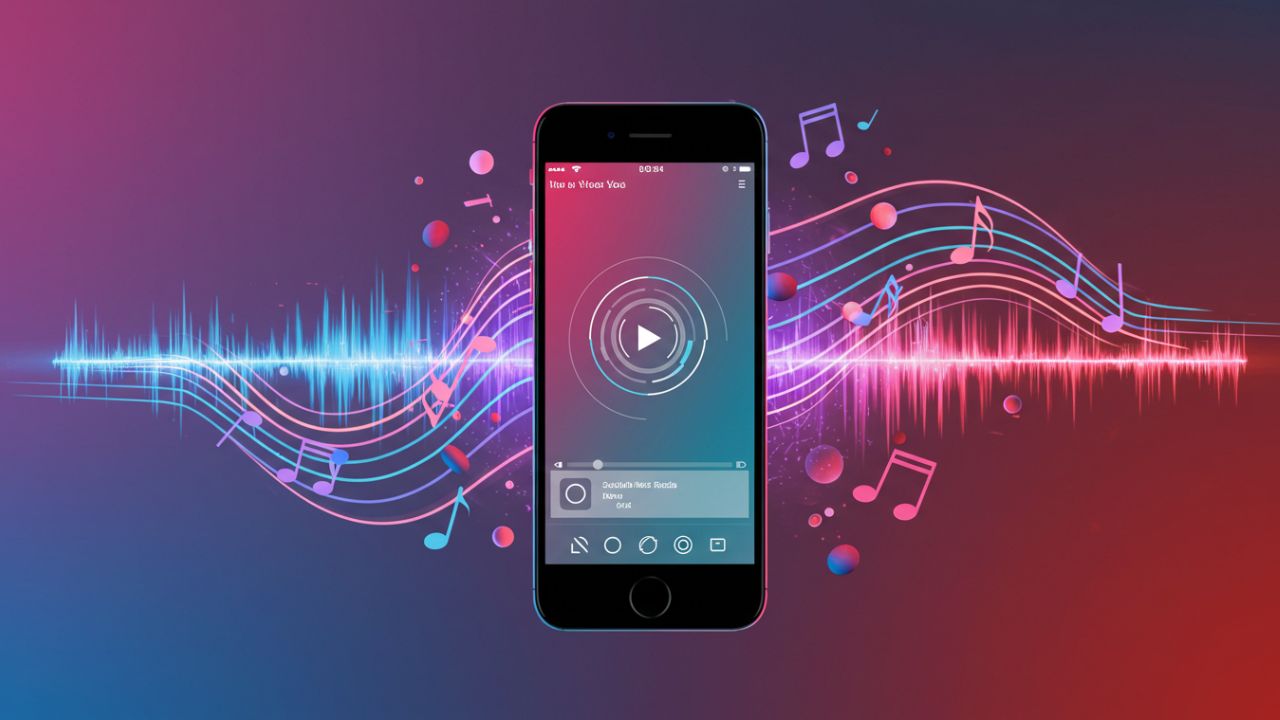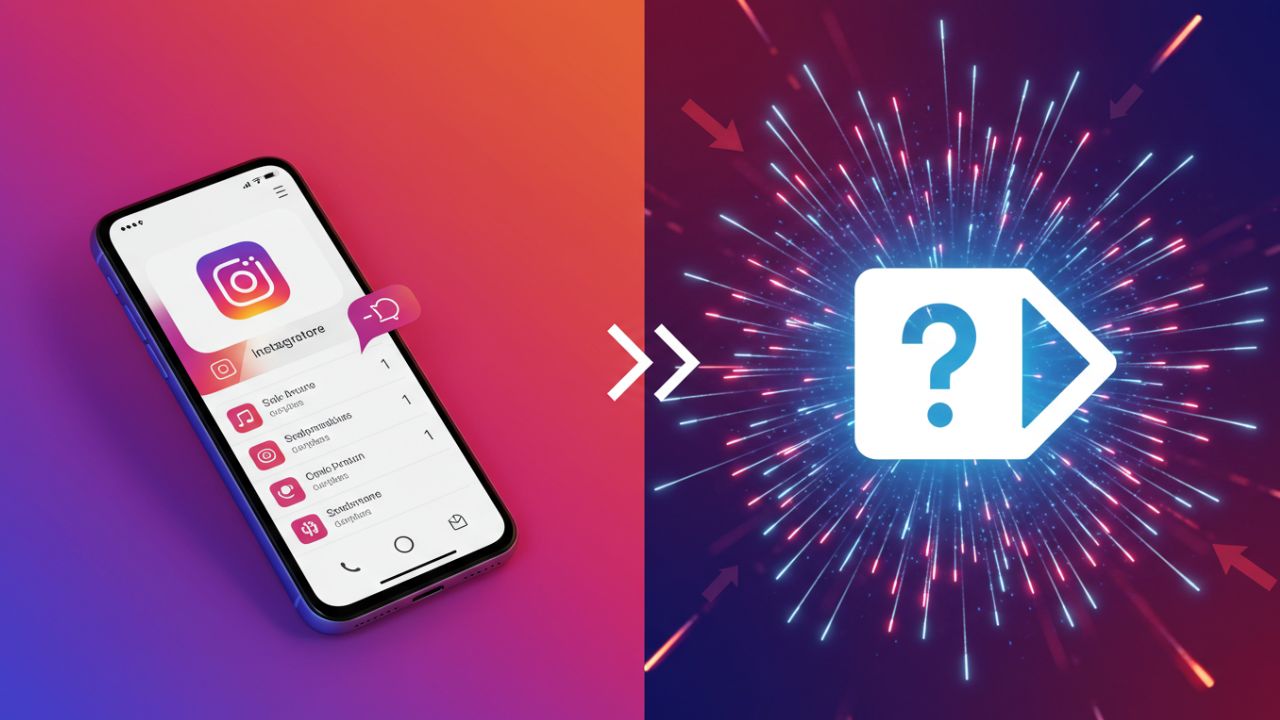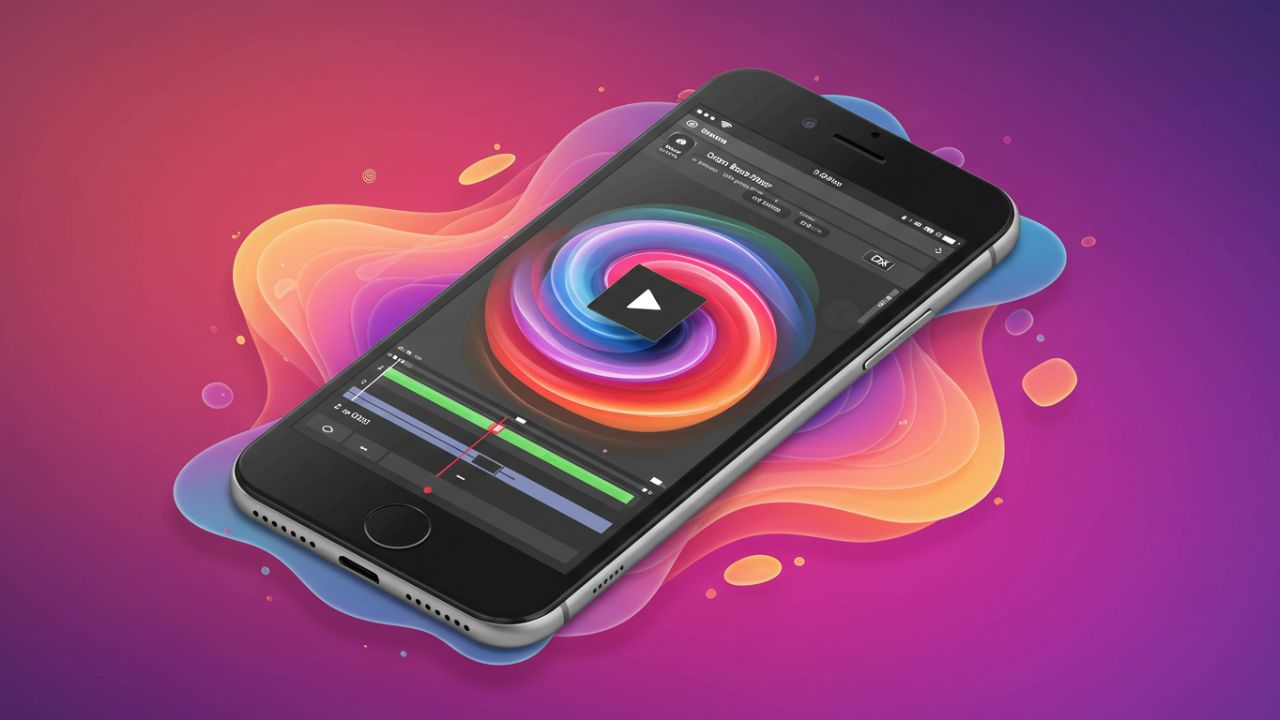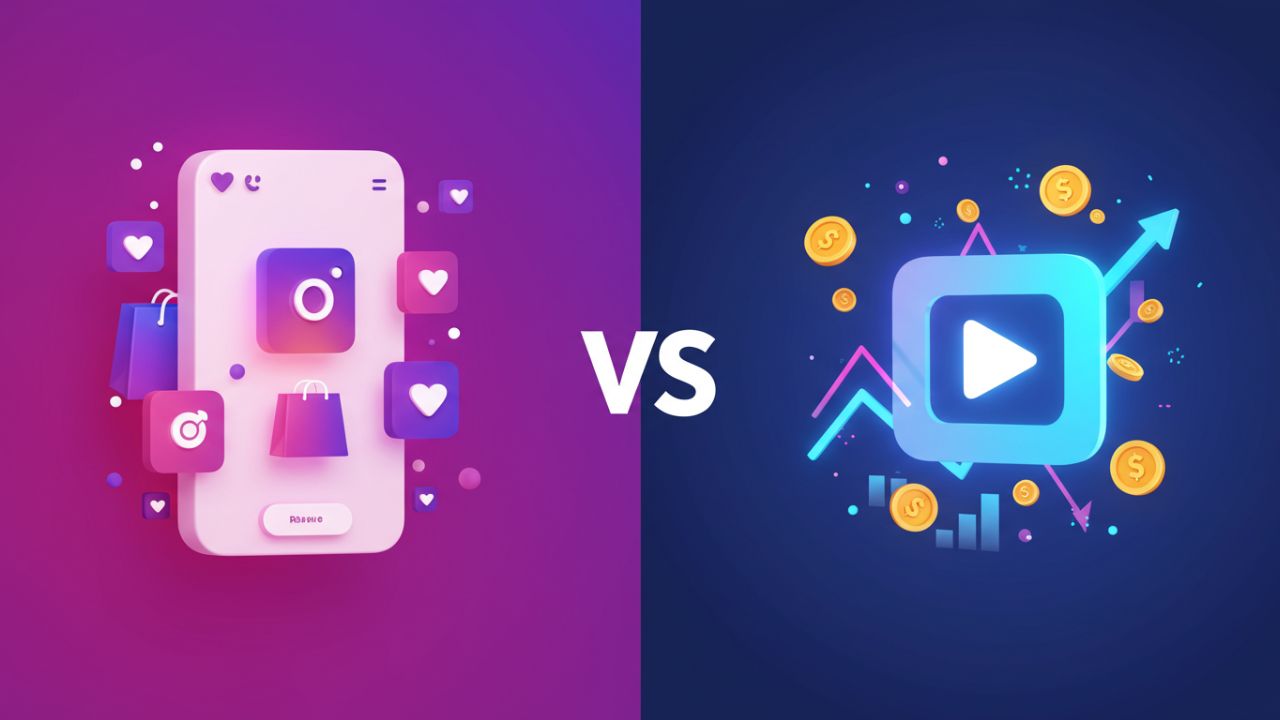In today’s digital landscape, the rise of niche influencers has transformed the way brands engage with audiences. Rather than casting a wide net, these influencers leverage their unique perspectives and targeted content to build deep, authentic connections with a specific community. This article explores the secrets behind their success—from the mindset that drives niche creation to the strategies used to sustain engagement and grow influence. As we journey through their methods, insights, and best practices, you’ll discover how niche influencers have turned passion into a profitable, enduring career.
Understanding Niche Influencers
Niche influencers are individuals or micro-communities that focus on specific subjects, interests, or lifestyles. Unlike mainstream celebrities who cater to broad audiences, niche influencers excel at reaching a highly targeted segment. They speak directly to their audience’s interests, values, and passions, forging a relationship based on trust and shared expertise.
Defining the Niche
A niche is essentially a specialized segment of the market. It might be anything from sustainable living, vegan cooking, and vintage fashion to extreme sports, indie gaming, or even esoteric hobbies like miniature painting. The key is that the content resonates with a dedicated audience that craves authenticity and specific insights. In contrast to broad appeal, niche influencers invest time and effort to research, understand, and immerse themselves in the subject matter, ensuring that every post, video, or article reflects a genuine commitment to the niche.
The Role of Authenticity
Authenticity is the cornerstone of any successful influencer. For niche influencers, authenticity isn’t just a buzzword—it’s the very fabric of their brand. Their followers aren’t just looking for high production values or celebrity allure; they are seeking genuine advice, personal experiences, and expert knowledge. This commitment to authenticity builds trust, which in turn fosters loyalty and engagement. The audiences of niche influencers are typically more discerning, and their trust is easily lost if they sense any disingenuous behavior.
The Birth of a Niche Influencer
Finding a Passion
The journey often begins with a personal passion. Many niche influencers discovered their calling by simply sharing their hobbies or interests on social media. For instance, a travel enthusiast might start by posting snapshots of off-the-beaten-path destinations, gradually building a community of like-minded explorers. Similarly, a fitness guru might share unique workout routines or nutrition tips that aren’t part of the mainstream fitness narrative.
Research and Community Engagement
Before diving in, successful niche influencers spend countless hours researching trends, learning from peers, and engaging with their prospective community. They might join online forums, attend events, or simply follow established experts in the field. This foundational research is crucial as it shapes the content strategy and helps the influencer understand the pulse of their target audience.
Establishing Expertise
Once they’ve established a genuine interest, niche influencers work hard to position themselves as authorities in their chosen area. This might involve obtaining certifications, collaborating with experts, or even conducting independent research. Over time, as their expertise becomes recognized, their audience grows not only in numbers but in quality. They evolve from hobbyists to thought leaders, offering valuable insights and nuanced perspectives that only someone deeply embedded in the niche can provide.
Content Creation Strategies
Storytelling as a Tool
One of the most effective ways niche influencers capture and hold attention is through storytelling. Stories have the power to evoke emotion, illustrate challenges, and celebrate successes. By weaving personal anecdotes into their content, niche influencers transform abstract concepts into relatable, tangible experiences. This narrative approach not only makes the content engaging but also cements the influencer’s personal brand as one that is genuine and approachable.
Diversification of Content Formats
Niche influencers use a variety of formats to appeal to different segments of their audience. Some popular formats include:
- Blogs and Long-Form Articles: Detailed write-ups that offer deep dives into niche topics. These pieces often include research, interviews, and expert opinions.
- Video Content: From YouTube tutorials to Instagram stories, videos bring a dynamic element to content. They allow influencers to demonstrate techniques, share behind-the-scenes glimpses, and interact directly with their audience.
- Podcasts: In an era where multitasking is common, podcasts offer a convenient way for audiences to consume content on the go. They often feature discussions, interviews, and debates that add depth to niche subjects.
- Social Media Posts: Platforms like Instagram, Twitter, and TikTok allow for quick, frequent interactions with followers. These posts keep the influencer’s brand fresh and continually engaging.
Balancing Professionalism and Relatability
A crucial secret to success is finding the right balance between professionalism and relatability. While high-quality, well-researched content is important, it’s equally essential to remain approachable. The most successful niche influencers are those who make their followers feel like they’re interacting with a friend—someone who listens, understands, and values their community. This balance is achieved by maintaining a conversational tone while still delivering expert advice and insights.
The Role of Engagement in Niche Success
Building a Community
At the heart of every niche influencer’s success is the community they cultivate. Unlike mass-market influencers, niche influencers often have smaller but more engaged audiences. They achieve this by prioritizing community building over mass reach. Engagement activities such as Q&A sessions, live streams, and direct responses to comments help create a sense of belonging among followers.
Leveraging User-Generated Content
Many niche influencers encourage their followers to share their own experiences and creations related to the niche. By showcasing user-generated content, these influencers not only validate their followers’ contributions but also create a feedback loop that further solidifies community bonds. This practice often involves reposting, sharing testimonials, and even hosting competitions or challenges that celebrate the community’s creativity.
Personal Connection and Interaction
A personal connection is vital for maintaining long-term engagement. Successful influencers make it a point to interact with their audience on a regular basis. Whether it’s through personalized messages, acknowledging fan achievements, or simply thanking followers for their support, these actions reinforce the feeling that every member of the community matters. This level of engagement transforms passive viewers into active participants, ensuring sustained growth and loyalty.
Secrets of Content Strategy
Consistency and Frequency
Consistency is perhaps the most underrated secret behind successful niche influencers. Regular posting not only keeps the audience engaged but also signals commitment and passion for the niche. Whether it’s a daily Instagram post, weekly blog updates, or monthly video series, consistency in content creation helps maintain a steady growth trajectory.
Tailored Content for Niche Audiences
Understanding the audience’s needs and preferences is critical. Niche influencers often conduct surveys, monitor engagement analytics, and even host focus groups to gather feedback. This data-driven approach allows them to fine-tune their content strategy, ensuring that every post resonates with their audience. Tailored content also means addressing the evolving interests and challenges of the niche community, keeping the content relevant and timely.
Strategic Collaborations
Collaborations can significantly enhance an influencer’s reach and credibility. For niche influencers, partnering with other experts, brands, or even complementary niches creates a win-win scenario. Such collaborations not only expose the influencer to new audiences but also enrich their content with diverse perspectives. Successful partnerships are built on mutual respect, aligned values, and a shared commitment to delivering value to the audience.
Balancing Sponsored and Organic Content
Monetization is a critical aspect of influencer success, but it must be handled with care. Niche influencers often walk a fine line between sponsored content and organic, authentic posts. Maintaining transparency with the audience is key. By clearly distinguishing between paid promotions and genuine recommendations, influencers can retain their authenticity while also monetizing their platform. This delicate balance ensures that the community continues to trust the influencer’s opinions and advice.
Monetization: Turning Passion into Profit
Affiliate Marketing
One of the most common revenue streams for niche influencers is affiliate marketing. By recommending products or services that align with their niche, influencers earn a commission for every sale generated through their referral links. This method is particularly effective when the products resonate with the audience’s interests and needs. The secret here is to only endorse products that the influencer has personally vetted and believes in, thereby maintaining credibility.
Sponsored Content and Partnerships
Sponsored content is another lucrative avenue. As brands increasingly recognize the value of niche audiences, they are willing to pay a premium for endorsements that speak directly to their target market. Niche influencers must, however, ensure that any sponsored content is clearly marked and seamlessly integrated into their overall narrative. The best practices involve choosing partners whose values and products align with the influencer’s brand and audience expectations.
Merchandise and Exclusive Content
Many niche influencers have ventured into creating their own merchandise or exclusive content offerings. From branded apparel to digital products like eBooks or courses, these initiatives allow influencers to monetize their expertise directly. This approach not only generates revenue but also deepens the relationship with the audience, who appreciate the opportunity to support the influencer and access premium content.
The Importance of Diversification
Relying on a single revenue stream can be risky, so diversification is essential. Successful niche influencers often combine several monetization methods, thereby creating a more resilient income model. Whether it’s a mix of affiliate marketing, sponsored content, exclusive memberships, or even crowdfunding, a diversified approach helps mitigate risks and ensures steady growth in earnings.
The Art of Analytics and Adaptation
Measuring Success
For niche influencers, numbers matter. Engagement metrics such as likes, shares, comments, and conversion rates are closely monitored. However, the true measure of success goes beyond vanity metrics. It’s about understanding how the content impacts the community and drives meaningful interactions. Tools like Google Analytics, social media insights, and third-party analytics platforms provide a comprehensive view of performance, allowing influencers to tweak their strategies accordingly.
Adapting to Trends
The digital landscape is ever-changing. Niche influencers must remain agile and responsive to new trends, algorithm changes, and shifts in audience behavior. This involves continuous learning and a willingness to experiment. Whether it’s adopting a new social media platform or refining content strategies to match audience expectations, the ability to adapt is a critical secret to long-term success.
Learning from Failures
Not every strategy will yield success. In fact, some of the most valuable lessons come from failed experiments. Niche influencers who are willing to share their setbacks and lessons learned not only build credibility but also encourage an environment of transparency and growth. This vulnerability fosters a deeper connection with the audience, who appreciate honesty over an unrealistic portrayal of success.
The Human Element Behind the Influence
Personality and Brand Identity
Beyond strategies and analytics, what truly sets niche influencers apart is their unique personality. Their individual quirks, styles, and passions define their brand identity. Whether it’s an offbeat sense of humor, a calm and methodical approach, or a bold, adventurous spirit, the personality behind the content is what captivates the audience. It’s this human element that makes the influencer relatable, memorable, and trustworthy.
The Role of Vulnerability
In an age where curated perfection is the norm, vulnerability has emerged as a powerful tool. Niche influencers who share their struggles, failures, and real-life challenges create a narrative that resonates deeply with their audience. This openness not only humanizes them but also reinforces the authenticity that is critical in niche communities. By revealing the behind-the-scenes reality of their journeys, influencers build a robust connection that transcends superficial engagement.
Balancing Personal and Professional Life
Maintaining a personal brand while managing one’s own life is a delicate balancing act. Many niche influencers find themselves grappling with the pressures of constant content creation and the need to remain relatable. Setting boundaries and ensuring a healthy work-life balance is essential for sustainable success. This balance not only preserves the influencer’s well-being but also ensures that the content remains fresh, genuine, and driven by passion rather than burnout.
Technology and Tools Empowering Niche Influencers
Social Media Platforms
The evolution of social media has been a game-changer for niche influencers. Platforms such as Instagram, TikTok, YouTube, and Twitter offer diverse avenues to reach and engage audiences. Each platform has its unique strengths—visual storytelling on Instagram, short-form engaging content on TikTok, in-depth video narratives on YouTube, and real-time conversations on Twitter. Mastering these platforms and understanding their algorithms is crucial for maximizing reach and impact.
Content Creation and Editing Tools
Today’s technology offers an array of tools that simplify content creation. From advanced photo and video editing software to analytics platforms that track engagement, niche influencers have access to resources that were unimaginable a decade ago. Leveraging these tools not only enhances the quality of content but also allows for a more efficient workflow. The secret lies in choosing the right tools that align with the influencer’s style and niche, thereby streamlining the creative process without compromising on authenticity.
SEO and Discoverability
Search Engine Optimization (SEO) isn’t just for traditional websites. For niche influencers, optimizing content for discoverability is equally important. Whether it’s through hashtags, keywords, or meta descriptions, ensuring that content reaches the right audience is a critical component of their success strategy. Many niche influencers invest time in learning the basics of SEO to boost organic reach and improve the visibility of their content across digital platforms.
Challenges and Pitfalls
Navigating Oversaturation
One of the significant challenges for niche influencers is oversaturation. As more creators enter the scene, standing out becomes increasingly difficult. To combat this, influencers must continuously innovate, refine their voice, and maintain a unique perspective. Differentiation is the key—whether it’s through a distinct visual style, a unique storytelling approach, or offering exclusive insights that competitors cannot match.
Dealing with Algorithm Changes
Social media algorithms are ever-evolving, and these changes can dramatically impact an influencer’s visibility. Niche influencers must stay informed about these changes and be prepared to adapt their strategies accordingly. This might mean diversifying content formats, engaging more directly with followers, or even exploring new platforms to mitigate risks associated with sudden algorithm shifts.
Managing Criticism and Negative Feedback
Public exposure comes with its share of criticism and negative feedback. Niche influencers often face scrutiny from both within and outside their communities. The secret to handling criticism lies in maintaining perspective, engaging constructively with feedback, and remaining true to one’s brand values. Many successful influencers turn negative experiences into opportunities for growth, learning, and even fostering stronger bonds with their core audience.
Burnout and Sustainability
The constant pressure to produce content and remain relevant can lead to burnout. Sustainable success in the world of niche influencing requires a long-term strategy that prioritizes mental and physical well-being. Building a support system, outsourcing tasks when necessary, and taking regular breaks are all strategies that help maintain longevity. Recognizing the signs of burnout early and taking proactive measures can prevent a decline in content quality and personal well-being.
Emerging Trends and the Future of Niche Influencing
The Rise of Micro-Communities
The future points toward even more fragmented, specialized communities. As audiences continue to seek personalized experiences, the influence of niche creators is expected to grow. These micro-communities will likely become more interactive, with influencers taking on the role of community leaders rather than just content creators. This evolution signifies a shift from passive consumption to active participation, where every member of the community contributes to the collective narrative.
Integration of Augmented Reality and Virtual Experiences
Technological advancements, particularly in augmented reality (AR) and virtual reality (VR), are poised to redefine the way niche influencers interact with their audiences. Imagine immersive experiences where followers can virtually attend a cooking class with a gourmet chef or explore a rare travel destination through AR. Such innovations will not only enhance engagement but also open new monetization avenues for influencers willing to embrace these cutting-edge tools.
Increased Focus on Data-Driven Strategies
Data analytics is becoming more refined and accessible, even for smaller creators. As tools for monitoring engagement and performance improve, niche influencers will increasingly rely on data to shape their content strategies. This shift towards data-driven decision-making will help influencers understand their audience better, optimize content for maximum impact, and tailor their offerings to evolving market trends.
Ethical Influencing and Transparency
With growing awareness around ethical practices in influencer marketing, transparency is expected to be a major focus. Audiences are becoming more discerning, and there is an increasing demand for honest, transparent content that discloses sponsored posts and genuine opinions. Niche influencers who prioritize ethical influencing will not only sustain their community’s trust but also set a benchmark for responsible digital marketing practices.
Lessons from Successful Niche Influencers
Case Studies and Best Practices
Looking at successful niche influencers, a few recurring themes emerge. For example, influencers in the sustainable fashion niche often share behind-the-scenes content on how their clothing is sourced, the ethical considerations behind their choices, and tips for eco-friendly living. Their success lies in a genuine commitment to the cause, consistent storytelling, and a clear focus on educating their audience. Similarly, travel influencers who specialize in budget adventures or luxury escapes share in-depth guides, personal stories, and interactive content that transforms a mere travel diary into an immersive experience.
The Importance of Evolution
One of the significant lessons from top niche influencers is the willingness to evolve. The digital landscape is never static, and neither is the audience’s taste. Influencers who continuously experiment with new formats, engage with emerging trends, and refine their content strategy tend to stay relevant. This evolution is not about completely overhauling the brand but rather about incremental improvements that align with the changing digital ecosystem.
Balancing Innovation with Tradition
While innovation is important, there is also value in staying true to what initially drew the audience to the influencer. Many successful niche influencers have managed to balance innovative content with traditional, time-tested methods of engagement. They respect the roots of their niche while incorporating new ideas, thereby ensuring that their content remains both groundbreaking and familiar.
Strategies for Aspiring Niche Influencers
Identifying Your Unique Angle
For anyone aspiring to become a niche influencer, the first step is to identify a unique angle or perspective that sets you apart from the crowd. This might involve combining two seemingly unrelated interests to create a hybrid niche or offering a fresh take on an established subject. Innovation and creativity are your greatest assets in this journey.
Developing a Comprehensive Content Plan
A robust content plan is essential for long-term success. Outline your objectives, content themes, posting schedule, and engagement strategies. This plan should be flexible enough to adapt to new trends and feedback, yet structured enough to maintain consistency. Remember, every piece of content should contribute to the overarching narrative of your brand.
Engaging with Your Community
Community engagement isn’t an add-on—it’s a fundamental part of the influencer journey. Respond to comments, host live sessions, and encourage user-generated content. By making your audience feel heard and valued, you create a loyal following that is more likely to support your endeavors in the long run.
Learning and Experimenting
The digital space is rich with opportunities for learning. From online courses on digital marketing to insights from fellow influencers, continuous education is key. Experiment with new content formats, explore different social media platforms, and analyze the outcomes. Every experiment, whether successful or not, provides valuable insights that refine your approach.
Overcoming Challenges in a Competitive Environment
Dealing with Competition
In any niche, competition is inevitable. Rather than viewing competitors as threats, see them as opportunities for collaboration or as benchmarks for your growth. Analyze what works for them, identify gaps, and use that information to further enhance your own content strategy. Collaboration over competition can lead to mutually beneficial opportunities and broaden your reach.
Staying Resilient in the Face of Criticism
Criticism is part and parcel of any public-facing endeavor. The key is to remain resilient, use feedback constructively, and focus on continuous improvement. Remember that every influencer, no matter how successful, has faced setbacks. What sets the successful apart is their ability to bounce back and refine their approach in the face of challenges.
Managing Time and Resources
Time management is crucial when balancing content creation with personal life and other professional commitments. Use scheduling tools, plan your content in advance, and don’t be afraid to delegate tasks when necessary. A well-organized approach not only enhances productivity but also reduces the risk of burnout—a common challenge in the influencer industry.
The Long-Term Vision: Sustainability and Growth
Investing in Personal Brand Development
Your personal brand is your most valuable asset. It encompasses your style, values, and the unique voice that resonates with your audience. Continuously invest in developing and refining this brand. This might mean upgrading your production quality, learning new skills, or simply evolving your aesthetic to better reflect your journey. A strong personal brand acts as a magnet for both loyal followers and lucrative opportunities.
Embracing Innovation and Technology
The future belongs to those who are willing to embrace change. As technology evolves, new tools and platforms will emerge, offering fresh opportunities for content creation and engagement. Stay ahead of the curve by being open to learning and integrating these innovations into your strategy. Whether it’s virtual reality experiences or AI-driven content recommendations, these technologies can provide a competitive edge in an increasingly crowded space.
Fostering a Legacy
Finally, the long-term success of niche influencers is measured not just in follower counts or revenue, but in the legacy they create. Influencers who build lasting communities, inspire meaningful change, and consistently add value to their audience’s lives leave a legacy that transcends the ephemeral nature of digital fame. Aim to be more than just an influencer—strive to be a trusted advisor, a thought leader, and a catalyst for positive change within your niche.
Conclusion
Niche influencers have unlocked a unique formula for success in today’s digital age. By leveraging their passion, authenticity, and deep understanding of specific communities, they have carved out spaces that resonate far more profoundly than broad, generalized content ever could. Their journey is marked by continuous learning, genuine engagement, and a willingness to adapt to the ever-changing digital landscape.
The secrets discussed in this article—from the importance of storytelling and authenticity to strategic collaborations and innovative monetization—offer invaluable insights for both aspiring and established influencers. Whether you are looking to build your brand, monetize your passion, or simply understand the dynamics of niche influence, the principles outlined here provide a roadmap to success. As digital platforms evolve and new technologies emerge, the power of niche influencers will only grow stronger, proving that in a world saturated with content, authenticity and specialization are the ultimate currencies of influence.
By embracing these secrets, influencers not only create a sustainable career for themselves but also build communities that thrive on shared values and authentic connections. The journey may be challenging, but for those willing to invest in their niche, the rewards are boundless—both in terms of personal fulfillment and professional success.





























